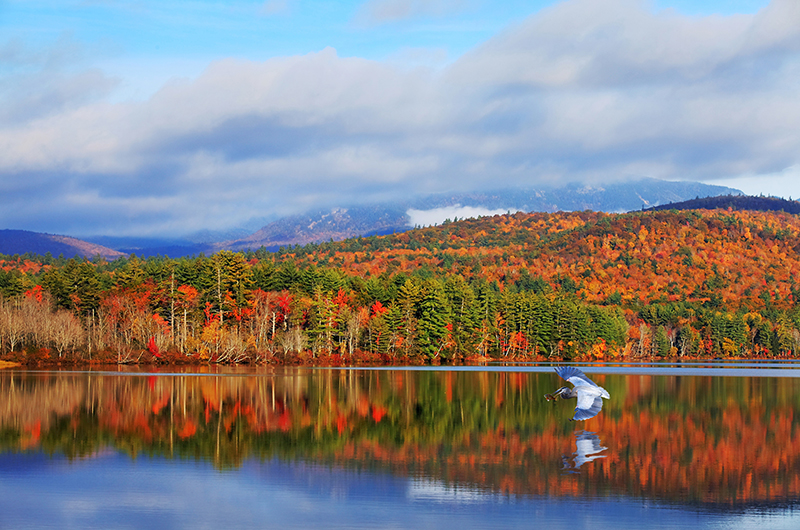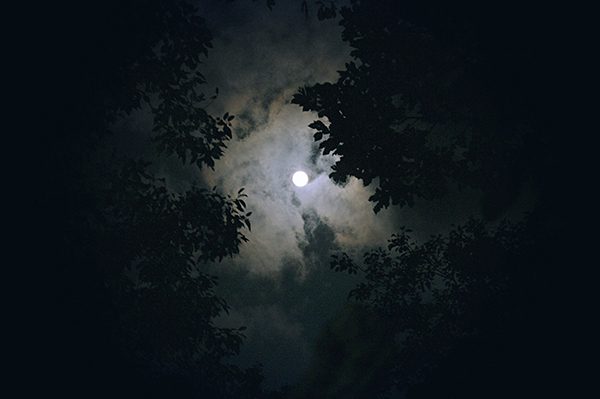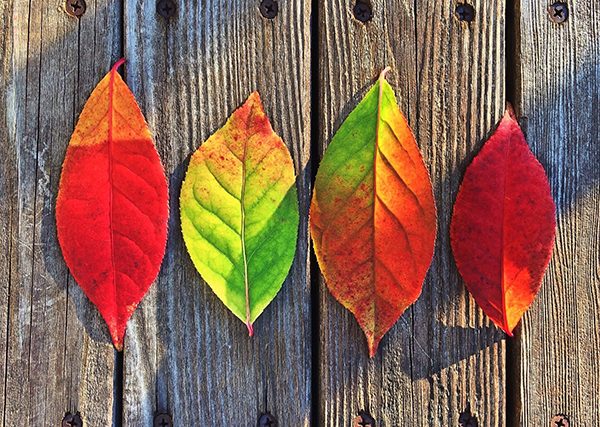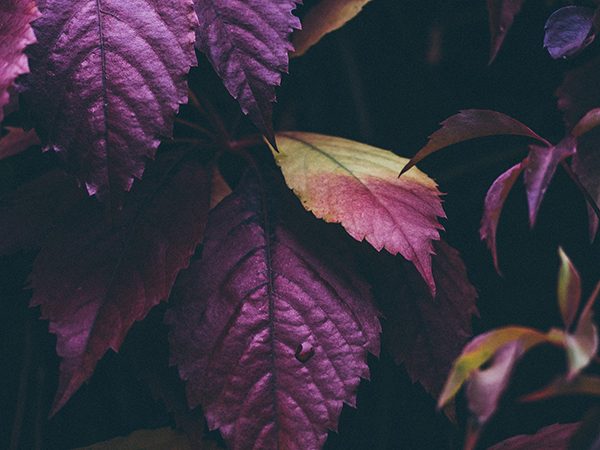
There’s something about fall weather that people just seem to love. From drinking apple cider to hayrides, and dressing in spooky costumes for Halloween, fall is a great old pumpkin of fun. But my favorite part of fall is watching the leaves change color and turn into brilliant shades of red and yellow before floating to the ground. But why do the leaves do what they do? Come with me on a scientific journey as we find out why! So welcome to Melanie’s fall foliage spectacular! I will be taking the role of sort-of a Bill Nye the Science Guy character as we discuss the interesting science behind fall leaves.
Nighttime Gives Leaves Their Color
 When I was in school, we learned what makes leaves green is this magic little stuff called Chlorophyll. Chlorophyll is what enables the leaves to take carbon dioxide from the air and convert it into the sugars and starch that feed the plant. When the days begin to get shorter and the temperature starts to drop, the trees begin to go into a state of dormancy or hibernation and slow down their food making process thus producing less chlorophyll. It’s kind of like how our skin gets paler in the winter because we are outside much less often. Well, except I am a human and these are leaves, but you get the picture.
When I was in school, we learned what makes leaves green is this magic little stuff called Chlorophyll. Chlorophyll is what enables the leaves to take carbon dioxide from the air and convert it into the sugars and starch that feed the plant. When the days begin to get shorter and the temperature starts to drop, the trees begin to go into a state of dormancy or hibernation and slow down their food making process thus producing less chlorophyll. It’s kind of like how our skin gets paler in the winter because we are outside much less often. Well, except I am a human and these are leaves, but you get the picture.
The Chemistry of Great Foliage
 There are three pigments that give leaves their color:
There are three pigments that give leaves their color:
Chlorophyll uses the energy from sunlight to convert carbon dioxide and water into food for the plant and gives the leaves their green color.
Carotenoids are the pigment that give many fruits and vegetables, like carrots and bananas, their bright yellow/orange coloring. They are always present in the leaves, but are often masked by the green of the chlorophyll.
Anthocyanins are responsible for the red coloring of cranberries, apples, and other fruits and vegetables. This pigment only shows up in autumn under the right circumstances and is not produced by all trees.
Every color observed during the fall is a result of the mixing of varying amounts of chlorophyll residue and other pigments in the leaf. As the days become shorter and the chlorophyll breaks down, the carotenoids get their opportunity to shine through, thus giving the leaves their common yellow/orange coloring. In the warm autumn days, the leaves can produce a lot of sugar, but cold nights prevent the sugar sap from flowing from the leaf veins into the branches and down the trunk. In order to recover the nutrients in the leaves before they fall, the tree produces anthocyanins and the result is brilliant red leaves.
So, what is the perfect combination for a fabulous display of fall foliage? The winning combination is a warm growing season with a lot of moisture in the air, a summer that isn’t too hot or too dry, and a warm, sunny autumn with cold nights. These cold nights are very important, but temperatures need to stay above freezing as frost will cause more subdued reds. A severe drought will delay the leaves changing color, and a warm wet fall will dampen the intensity of the colors. Heavy wind or rain can also cause the leaves to fall before they fully develop color.
The Science Behind Purple Leaves
 Temperature, sunlight, and soil moisture all play roles in how exactly the leaves will look in the fall. We know what exactly causes the leaves to change, but what determines what color they will turn into? Back to anthocyanins! The key to getting purple leaves is also cooler nighttime air. If you notice, we haven’t had a whole lot of purple and red leaves this year, and that’s probably because the nights have been warmer. Science is cool, right?
Temperature, sunlight, and soil moisture all play roles in how exactly the leaves will look in the fall. We know what exactly causes the leaves to change, but what determines what color they will turn into? Back to anthocyanins! The key to getting purple leaves is also cooler nighttime air. If you notice, we haven’t had a whole lot of purple and red leaves this year, and that’s probably because the nights have been warmer. Science is cool, right?
So the next time you look out the window and see a glistening leaf floating gently to the ground, think about the fascinating science behind it!

